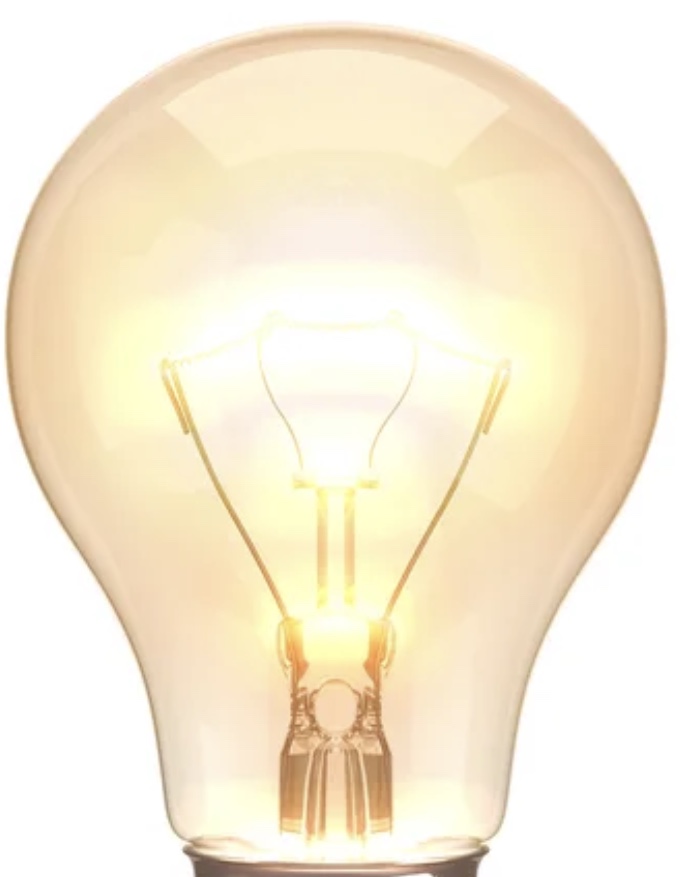TheMiddleSky
Headphoneus Supremus
I'm not familiar with the headphone enough to answer the question. @TheMiddleSky spent some time with tele + susvara before I arrived. Perhaps he can weigh in.
The 64 million question is, how will Susvara sound from Telemachus. An expensive way to find out by getting the amp. I could have just flown to your home.
Do me a favor. Try out Susvara with Telemachus and let me know what you think.
Well personally I'm not big fans of Susvara, so perhaps type of sound that I chase may not same as you. Use Chord TT2 and Mola Mola Tambaqui as DAC, feed Telemachus, to Susvara.
Susvara is kind of bright, airy, sweet, and spacious soundstage. All of these attributes are still there. There are some softness in impact/bite of hifiman's house sound that also, still there. With Solid State Rectifier, Mola-Mola is easily my choice as this DAC provide better control, fuller and denser sound through all spectrum, even though not as wide as TT2.
Personally, I would only purchase Telemachus for Susvara, if it comes with Tube Rectifier. Soundstage is slight narrower compared to SS Rectifier, but the additional weight, density, and smoothness to the sound really impressed me (especially how organic is at the Midrange area).
For my own headphones (Meze Elite and ZMF Verite), I think I prefer the SS Rectifier, but for Susvara, it is the opposite.
Telemachus easily beats out some solid state amplifiers such as Formula S/Powerman, Ferrum Oor/Hypsos and Burson GT/Supercharger when drive Susvara. The overall weight, the spacious of soundstage, the clean notes in all spectrum, and the natural organic presentation of Tele is some levels above.
Last edited:




















 It's a AUD$18,450 price tag from Netherlands.
It's a AUD$18,450 price tag from Netherlands.









 Incidentally I still have a pair of Fivre 6v6 coke bottle shape. Not sure what I'm going to do with those tubes now.
Incidentally I still have a pair of Fivre 6v6 coke bottle shape. Not sure what I'm going to do with those tubes now.